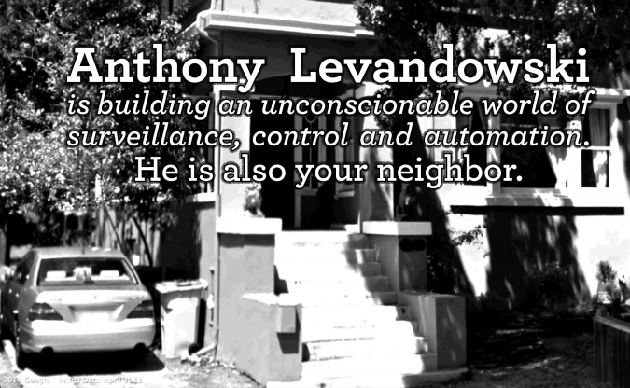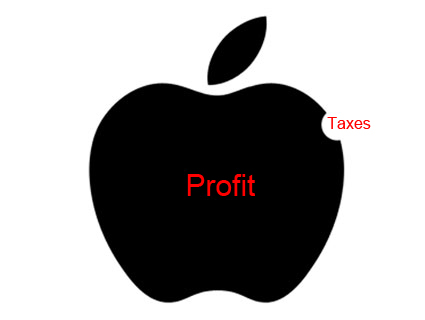
<a href="http://www.shutterstock.com/pic-145178575/stock-photo-businessman-choosing-the-right-person.html?src=mIYChjsSwWzGTtxzv8FOEg-1-18">SOMMAI</a>/Shutterstock
Whether waxing poetic about net neutrality or defending the merits of outsourcing, Silicon Valley execs love to talk about how a free market breeds innovation. So it might come as a surprise that some of those execs were engaged in a secret pact not to recruit one another’s employees—in other words, to game the labor market. The potentially illegal deals suppressed salaries across the sector by a whopping $3 billion, claims a class-action lawsuit scheduled for a May trial in San Jose, and were done to juice the bottom lines of some of the nation’s most profitable companies.
Documents filed in conjunction with the litigation, first reported last month by PandoDaily‘s Mark Ames, offer a fascinating behind-the-scenes glimpse of interactions among the likes of Apple’s Steve Jobs, Google’s Eric Schmidt, and Intuit Chairman Bill Campbell. In early 2005, the documents show, Campbell brokered an anti-recruitment pact between Jobs and Schmidt, confirming to Jobs in an email that “Schmidt got directly involved and firmly stopped all efforts to recruit anyone from Apple.” On the day of that email, Apple’s head of human resources ordered her staff to “please add Google to your ‘hands off’ list.” Likewise, Google’s recruiting director was asked to create a formal “Do Not Cold Call List” of companies with which it had “special agreements” not to compete for employees.
A few months later, Schmidt instructed a fellow exec not to discuss the no-call list other than “verbally,” he wrote in an email, “since I don’t want to create a paper trail over which we can be sued later?”

Good luck with that. The “no poaching policies,” as they were known among senior-level executives at companies such as Adobe, Intel, Intuit, and Pixar, were first exposed by a 2010 antitrust lawsuit filed by the Department of Justice. The DOJ complaint is the basis for the current class action, which was filed in 2011 by the San Francisco law firm Lieff Cabraser Heimann & Bernstein, alleging that some 64,000 tech workers were harmed.
The case, interestingly, has garnered little attention outside of the tech world. Sure, the average middle-class worker probably won’t shed a tear for the most likely victim here: Silicon Valley code jockeys and junior execs banking six-figure salaries and perhaps million-dollar stock options. The Bay Area, after all, is recently ablaze with animosity over tech-fueled gentrification and income inequality. And yet the collusion of CEOs to artificially suppress high-end salaries speaks to an economic malaise that affects every working stiff: The widening gap between the rich and poor isn’t some accident of free-market capitalism, but the product of a system that puts corporate leaders and their shareholders ahead of everyone else.
The lawsuit describes the rapid spread of anti-recruitment pacts between 2004 and 2007—arrangements perhaps facilitated by the overlap on Silicon Valley’s corporate boards: Jobs, who became Disney’s largest shareholder after it bought Pixar, served on Disney’s board until his death in 2011. Schmidt sat on Apple’s board until 2009, and Intuit’s Campbell (a former Schmidt adviser) still does. Intel CEO Paul Otellini has held a seat on Google’s board since 2004. Such close ties have long been seen as a problem for shareholders, but the nonrecruitment pacts suggest that such cozy relationships could harm workers, too.
Steve Jobs, according to unsealed court documents obtained by Mother Jones, was a leading advocate and enforcer of the nonrecruitment pacts. Two months after entering into the agreement with Google, he emailed Bruce Chizen, then Adobe’s CEO, complaining that Adobe was poaching Apple employees. Chizen’s reply, that he thought they’d agreed only to avoid “senior level employees,” didn’t satisfy Jobs. “OK, I’ll tell our recruiters that they are free to approach any Adobe employee who is not Sr. Director or VP,” he shot back. “Am I understanding your position correctly?”
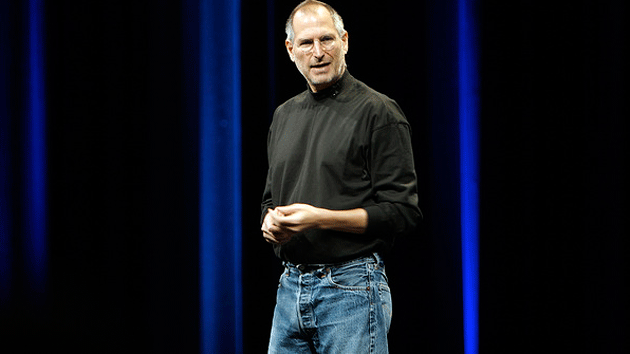
Chizen responded that he would rather the arrangement apply to all employees:
The next day, Adobe’s vice president of human resources announced to her recruiting team that “Bruce and Steve Jobs have an agreement that we not solicit ANY Apple employees, and vice versa.”
In one instance*, Jobs allegedly played hardball with a reluctant CEO. In mid-2007, he called Edward Colligan, then president and CEO of Palm, to propose “an arrangement between Palm and Apple by which neither company would hire the other’s employees,” Colligan testified in a sworn deposition. When he refused, citing the deal’s possible illegality, Jobs threatened to sue Palm for patent infringement. “I’m sure you realize the asymmetry in financial resources of our respective companies…” he wrote Colligan in a follow-up email. “My advice is to take a look at your patent portfolio before you make a final decision here.”
The Valley’s hush-hush wage-control policies have been in play at least since the 1980s, soon after Jobs bought Lucasfilm’s “computer graphics division” and renamed it Pixar. As George Lucas later put it in a deposition, firms in the digital-filmmaking realm “could not get into a bidding war with other companies because we don’t have the margins for that sort of thing.” Lucas and Pixar’s then-president, Edward Catmull, made the following agreement, according to the lawsuit:
(1) not to cold call each other’s employees; (2) to notify each other when making an offer to an employee of the other company even if that employee applied for a job on his or her own initiative; and (3) that any offer would be “final” and would not be improved in response to a counter-offer by the employee’s current employer (whether Lucasfilm or Pixar).
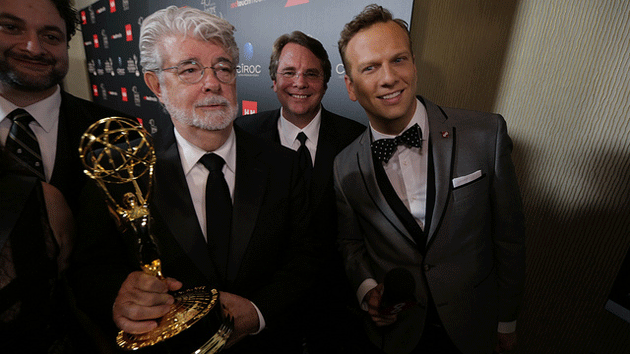
After its purchase by Disney in 2006, Pixar made the same “gentleman’s agreement” with Apple, according to unsealed emails from the lawsuit. (Last year, Pixar, Lucasfilm, and Intuit settled their part of the class-action lawsuit for an undisclosed sum in a deal that allows the affected employees to file anonymous claims.)
In its earlier antitrust suit, the DOJ argued that the Valley’s no-poaching agreements were patently illegal—clear violations of the Sherman Antitrust Act’s ban on restraining interstate commerce. In 2011, without admitting fault or paying fines, Google, Apple, and four other tech firms settled with the DOJ and agreed to discontinue their anti-competitive behavior.
Representatives for Apple and Google declined to comment for this story, but Google argued at the time that its pacts hadn’t hurt workers. There’s “no evidence that our policy hindered hiring or affected wages,” a Google attorney wrote on the company’s public-policy blog. But “we abandoned our ‘no cold calling’ policy in late 2009 once the Justice Department raised concerns, and are happy to continue with this approach as part of the settlement.”
Whether and how the pacts truly affected wages is at the heart of the ongoing suit, which is slated for trial May 27. The defendant firms insist that their employees’ salaries weren’t widely suppressed because they were based on a “pay for performance” model. That is, workers got raises based on their accomplishments, not on what their coworkers earned.
Yet, as US District Judge Lucy Koh wrote in the court order that allowed the suit to proceed, prevailing labor theory and statistical models show how the pacts probably did suppress wages. Furthermore, she wrote, internal documents indicate that maintaining “internal equity was a prime consideration when setting and adjusting salaries.” In one email, Google Senior Vice President Alan Eustace notes that the outside recruitment of “a few really good people” could inspire “many, many others [to] follow.” He then cites the need for “a systematic approach to compensation that makes it very difficult for anyone to get a better offer.”
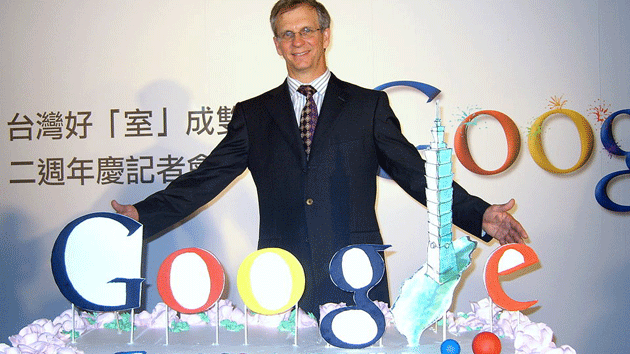
Absent competition for highly skilled employees, the companies were free to compare salary data—knowledge that might give managers an edge in pay negotiations. In one email, Laszlo Bock, Google’s senior VP of “people operations,” announced that he’d called other companies involved in the pacts, including Adobe, Apple, and Intel, “to check merit budgets”—i.e. the money available for raises. He concluded that Google’s merit budget “is comparable to other tech companies. [sic]”
The CEOs enforced their pacts directly. When a recruiter from Google’s engineering team contacted an Apple employee in 2007, Jobs forwarded the message to Schmidt, noting, “I would be very pleased if your recruiting department would stop doing this.” Google responded by making a “public example” of the recruiter, according to an email, firing her within the hour. Jobs forwarded the message to Apple’s HR director with a smiley-face emoticon.
The very existence of the no-poaching pacts, despite acknowledgement from CEOs like Schmidt that they were legally problematic, hints at the arrogance of Silicon Valley’s top dogs. A culture obsessed with “disruption” and the need to “move fast and break things” apparently cares less about playing by the rules—especially when it gets in the way of profits.
“No individual employee stood a chance of challenging these practices on their own,” says Kelly Dermody, an attorney for the plaintiffs. “This case is the only viable strategy that they have to bring justice for workers against such mammoth corporate power.”
Correction: The original version of this article stated that the communications between Apple’s Steve Jobs and Palm’s Edward Colligan hadn’t been previously reported. Reuters’ Dan Levine reported on the conversation last year.

